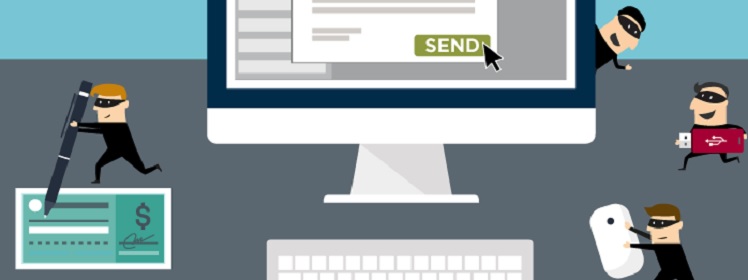Articles
Check Yourself: Revisit Your Fraud Prevention Methods
- By Magnus Carlsson
- Published: 4/11/2017

Every year, we do the AFP Payments Fraud and Control Survey, and every year, check fraud tops the list of fraud methods that criminals use. However, if the last survey is any indication, it’s getting worse—and treasury departments are actually doing less to protect themselves against it.
Fully 75 percent of organizations experienced check fraud last year, up from 71 percent in 2015. That may not sound like a lot, but check fraud has been in decline for years, and now we’re seeing it start to go back up.
This actually doesn’t come as much of a surprise, given what we observed just a few months ago. According to the 2016 AFP Electronic Payments Survey, 51 percent of companies’ B2B payments are made by check, which is one percentage point higher than it was three years ago. Again, not much, but significant because check payments had been in decline for years up until this point.
Why businesses are paying by check more often in the digital age is anyone’s guess, though it’s possible that it could have something to do with the rise in business email compromise (BEC) scams. Although checks can also be targeted in these schemes, BEC scammers’ preferred payment method remains wire transfers. According to the fraud survey, 74 percent of organizations experienced BEC in 2017. Thus old-fashion check payments might look more appealing to corporates.
But whatever the reason companies are reverting back to paying by check, they are actually doing less to secure it. The fraud survey also found that the usage of prevention methods that safeguard businesses against check fraud have gone down dramatically. Positive pay went from 88 percent in 2015 to 74 percent in 2016. Daily reconciliations dropped to 64 percent from 77 percent. Payee positive pay fell from 56 percent to 41 percent. Across the board, companies are using these measures less.
The reasons for this are unclear, but perhaps companies that began reducing checks decided to scrap services like positive pay because their mindset was that they’d eventually be getting rid of checks altogether. But if so, that decision appears to have been premature. Another reason could be that, simply, these services are a cost, and not one that delivers guaranteed returns unless you’re experiencing a lot of fraud attempts. So companies that, up until this point, haven’t experienced much or any fraud might decide that the preventative measures are not worth the money.
Nevertheless, these prevention methods—especially positive pay—can save companies a lot of money. As security consultant and reformed check forger Frank Abagnale explained last month, positive pay “is probably the best technology in the world to prevent forgery.” And he would know!
Protect yourself
If you’re going to continue to use checks, make sure you’re investing in preventative measures. Positive pay is a must-have for any organization that’s paying this way—especially if you’re issuing more checks.
Lastly, as I touched on earlier, checks can also be used in BEC scams. As Greg Litster, president of SAFEChecks, discussed at latest AFP’s Treasury Advisory Group meeting, fraudsters have been known impersonate executives and request check payments be sent to PO Box addresses that they control. The good news is that, unlike in BEC scams that target wires, your company may not be held liable for the loss. Litster explained that in that scenario, you have a “forged endorsement”—a check made payable to a particular party that was intercepted by someone else. “That becomes the liability of the bank of first deposit,” he noted. But you have to pay attention and you have to have good legal counsel.
So protect yourself when using checks. It might cost a little money and it might take some effort, but it’s well worth your time. Because fraudsters aren’t taking a day off.
Copyright © 2024 Association for Financial Professionals, Inc.
All rights reserved.

